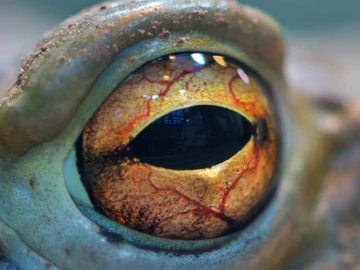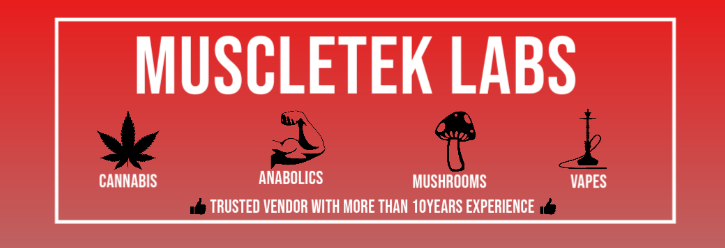‘Sharp rise’ in blackmail of children asked to share explicit images
WARNING : THIS ARTICLE CONTAINS DETAILS WHICH ARE HIGHLY DISTURBING!
DISCRETION IS ADVISED!
US-based child protection centre reports 82% increase in ‘online enticement’ last year with ‘alarming spike’ in financial extortion.

are being groomed and coerced into producing images of themselves’.
Reports of online extortion of children who are blackmailed after they have been manipulated into sending explicit images of themselves rose sharply last year, according to new data.
The reported financial exploitation of children is taking place against a backdrop of a rise in online grooming by sexual predators, said the US-based National Center for Missing and Exploited Children (NCMEC). The organisation processes reports of online sexual child exploitation from US tech platforms, with 90% of those occurring outside the US.
NCMEC’s 2022 report on its cyber tipline showed there had been an 82% increase in reports of “online enticement” – communicating with a child with the intention of committing a sexual offence or abduction – compared with the previous year. The organisation said that within the enticement category, in which NCMEC received 80,000 reports, there had been an “alarming spike” in those of financial extortion.
The blackmail involves manipulating children into sharing explicit photos of themselves. The children are then threatened by offenders who warn they will send the images to the child’s friends, family or others if they don’t hand over money. NCMEC said there had been a large increase in boys being targeted last year.
The Internet Watch Foundation, a UK-based body that monitors distribution of child sexual abuse material (CSAM), has said it took action over more than 250,000 webpages last year, an increase of 1% on 2021, with three-quarters of them containing self-generated imagery, where the victim is manipulated into recording their own abuse before it is shared online.
Andy Burrows, a UK-based online safety campaigner, said the trend reflected a general increase in online grooming. “We are seeing a steep rise in online grooming worldwide on social networks. This is due to a combination of grooming for sexual purposes [and a] growing trend for grooming for the purpose of financial exploitation. Children, and particularly boys, are being groomed and coerced into producing images of themselves and then are threatened with this material being shared widely unless they cooperate with financial blackmail.”
Burrows said the trend had emerged over the past 12-18 months, with boys being targeted in particular.
NCMEC said its cyber tipline received 32m reports last year, an increase of 9% on the previous year. It said the majority of reports came from Facebook, Instagram, Google, the WhatsApp messaging service and the chat platform Omegle.
About half of those reports were deemed “actionable”, where they contain information regarding a suspected crime related to child sexual exploitation. US online service providers are legally required to report instances of child sexual abuse material to the NCMEC tipline.
Found this interesting? Then check our main news page where you can find all articles related to Crypto, Crime, Darknet, Security and much more!




















